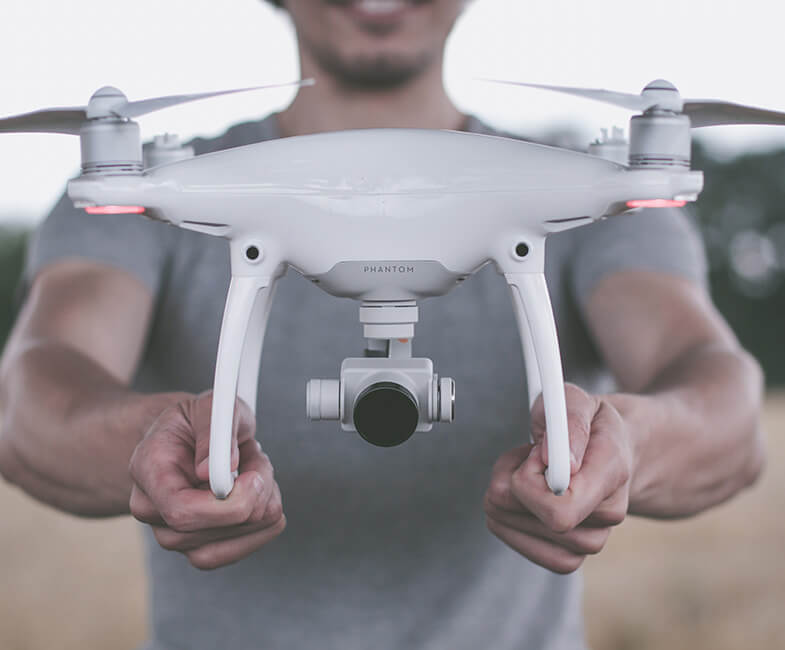By simply purchasing a cheap unmanned aerial vehicle (UAV) or better known as a drone, any amateur or semi-professional photographer can begin learning about Lakeland drone videography.
Although the learning curve can be steep, it is no question that there are a lot of people who are investing into drones and learning how to fly them and how to take photos with cameras attached to them.
This is an industry that continuously boomed in the past decade and that’s largely because of the effect of drones in many aspects of photography and videography.
But learning how to fly a drone and actually flying it are two different things. You have to comply with a lot of regulations imposed by the Federal Aviation Administration (FAA).
Of course, there are training organizations that can help you identify where your skill sets lie and what the best way to do with them—turn a handsome profit or do it recreationally.
There are two types of drone videographers: recreational and commercial pilots. The greatest distinction between these two is the increase in regulations for commercial pilots.
While recreational pilots still need to obtain permits, fees, and even a license from the FAA, the regulations to follow are looser and the requirements are easier to accomplish.
Since there are many rules for commercial pilots to follow, you may want to think twice if entering this industry is something worth your time and monetary investment.
Recreational use
The most common rules for the recreational piloting of the drone are all drones over about half a pound must still be registered with the FAA and you can fly drones up to 55 pounds anywhere that is at least five miles from any airport without prior authorization from the FAA.
But you must also remember that recreational pilots must yield right of way to any manned aircraft, cannot fly more than 400 feet above the ground, and must always keep the drone in his sight.
Commercial use
If you want to charge anyone for having you fly a drone and take videos, you need to have an FAA-issued Remote Pilot Airman Certificate. You also cannot be younger than 16 years old and must pass the TSA vetting. Your drones have to be registered, too.
Registration for drones over half a pound but not more than 55 pounds is required. There must also be a mandated pre-flight check by the pilot to ensure that the drone is in condition for safe operation.
Commercial flying is allowed up to 400 feet from the ground in Class G airspace. The drones cannot be flown over people or from a moving vehicle. If you want to be exempted from this rule, you have to apply for a waiver.

